Bee is for B.O.
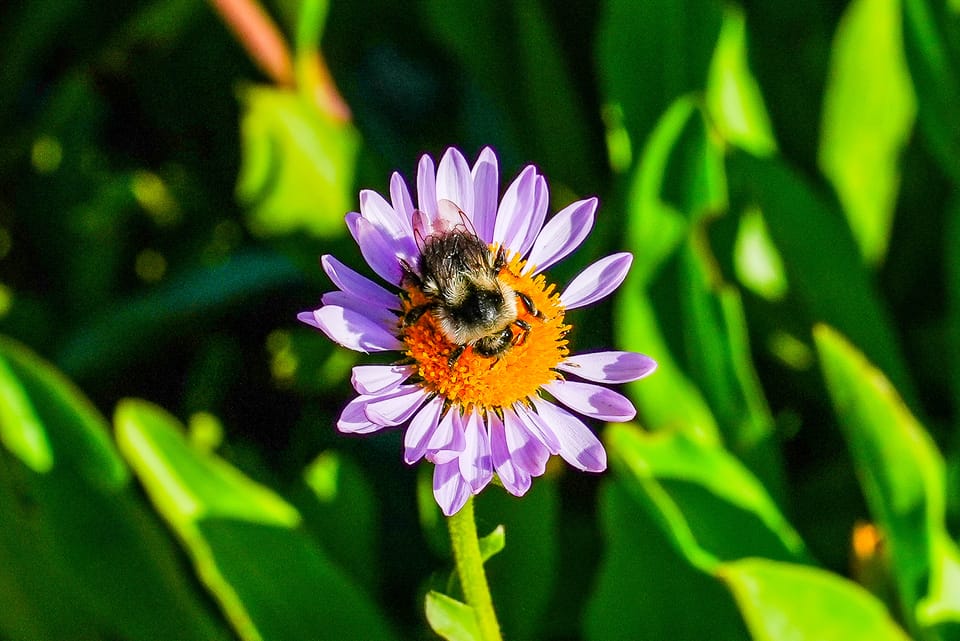
If you think it's easy to smell someone's body odor, imagine what it's like for insects. Insects don't have noses, yet their sense of smell is so highly refined they can smell a single molecule of odor.
Now imagine that you're a bee flying around collecting nectar. Visiting hundreds of flowers every day is exhausting, and every flower visit is a critical choice. Flowers all vary in how much nectar they hold and how quickly their nectar reservoirs refill after being emptied by earlier visitors. Then, on top of that, a bee must evaluate whether to invest energy into landing on, finding its way into, and probing a given flower in search of nectar.


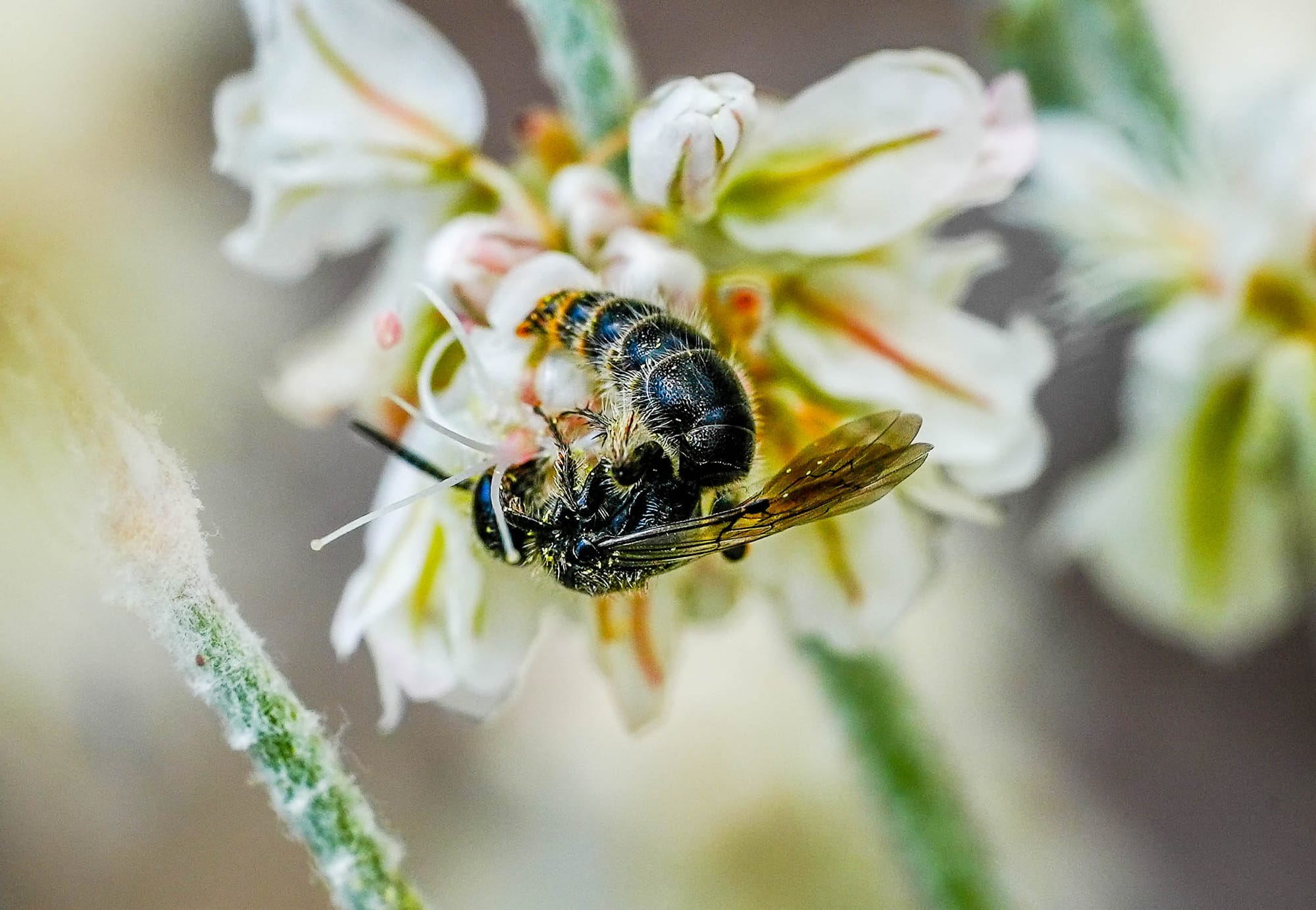
Multiplied hundreds of times a day, these complex obstacles turn into life-or-death decisions. This makes it essential that bees learn and memorize clues to help them secure maximum rewards from the fewest number of flower visits.
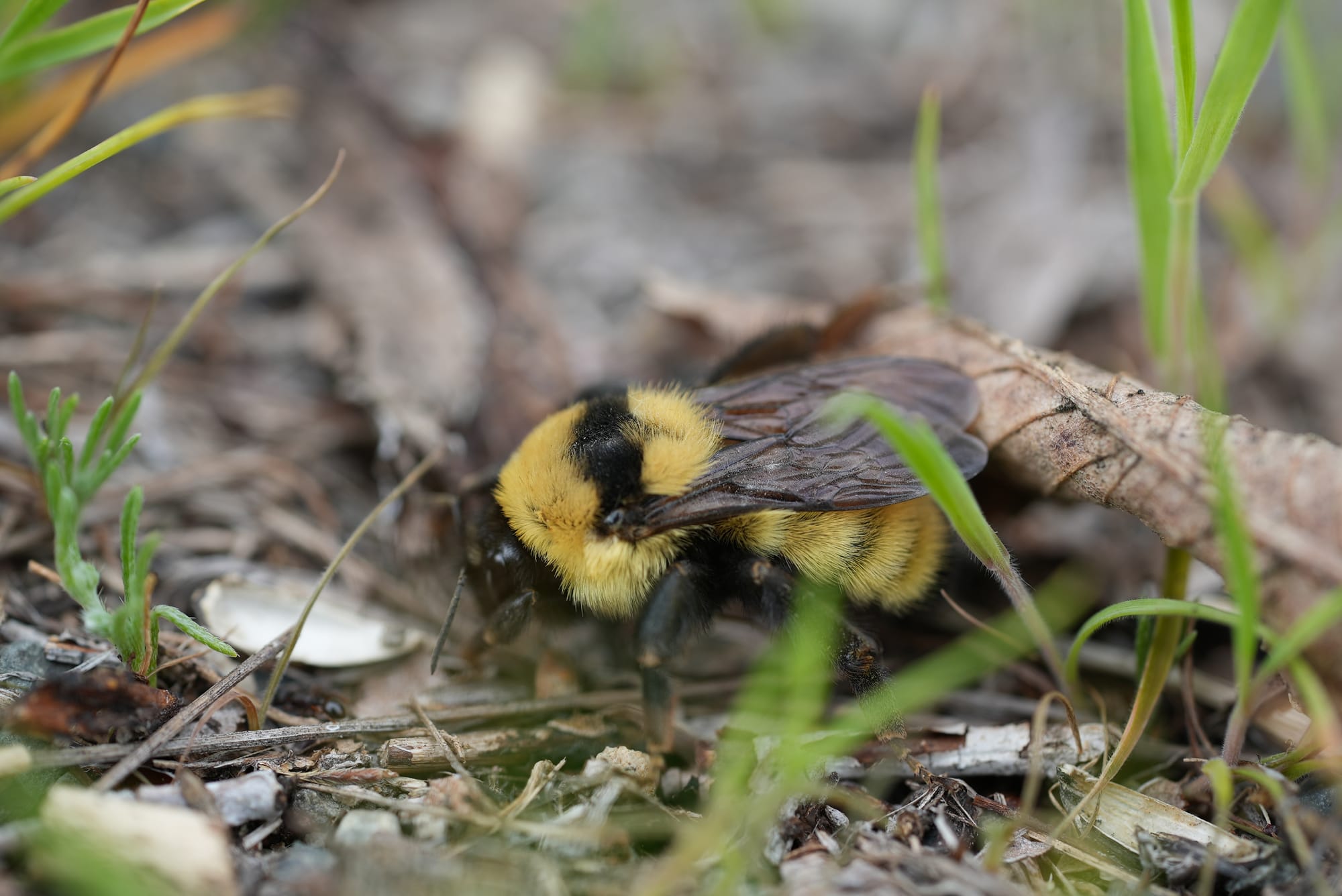
One signal that bees rely on are visual cues. Not only do bees memorize the look of highly productive flowers, they also learn that some flowers present nectar in conspicuous ways, and some flowers change their colors after being visited by other pollinators.
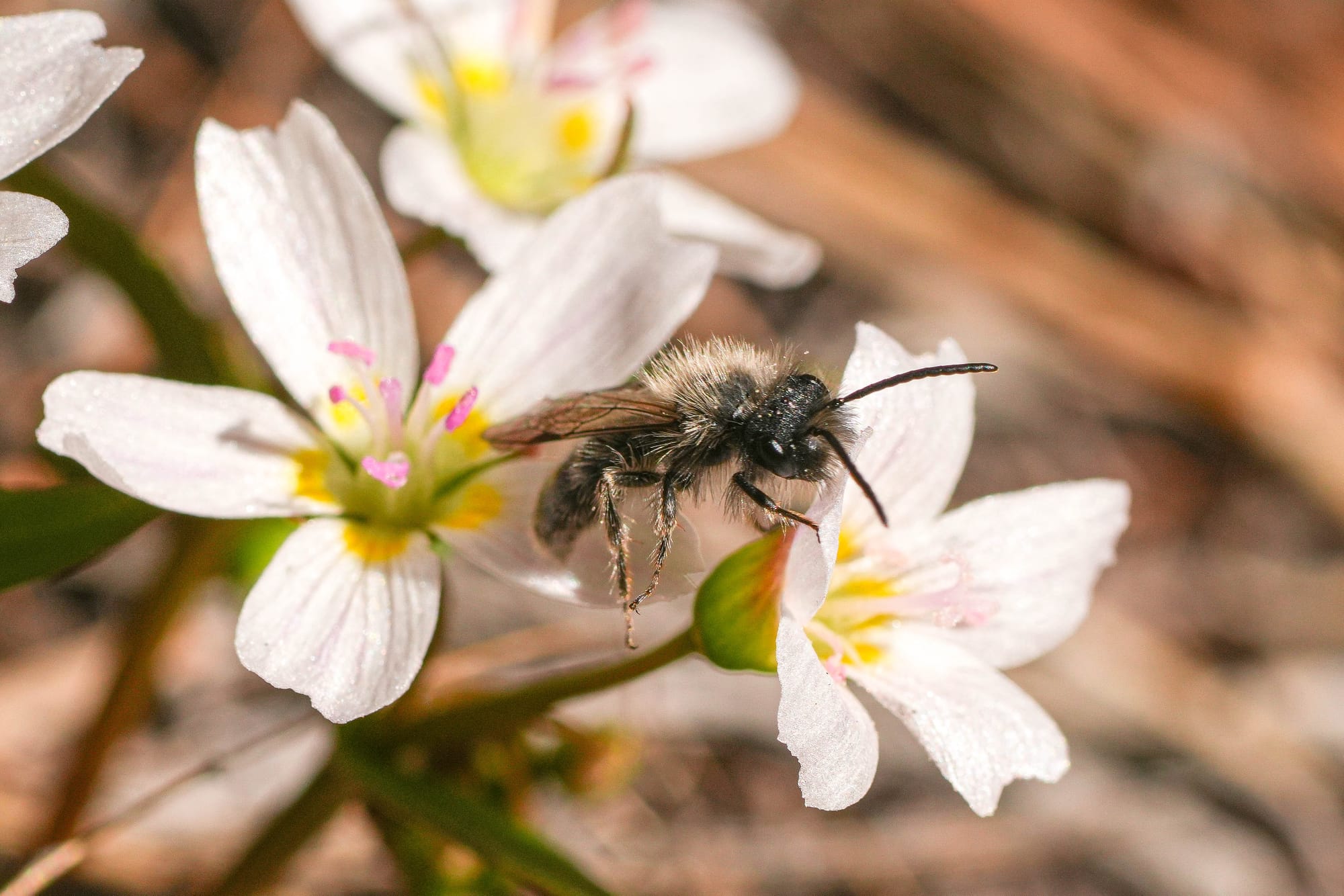
However, visual signals may not be as important as smell—specifically, body odors left behind by previous visitors!
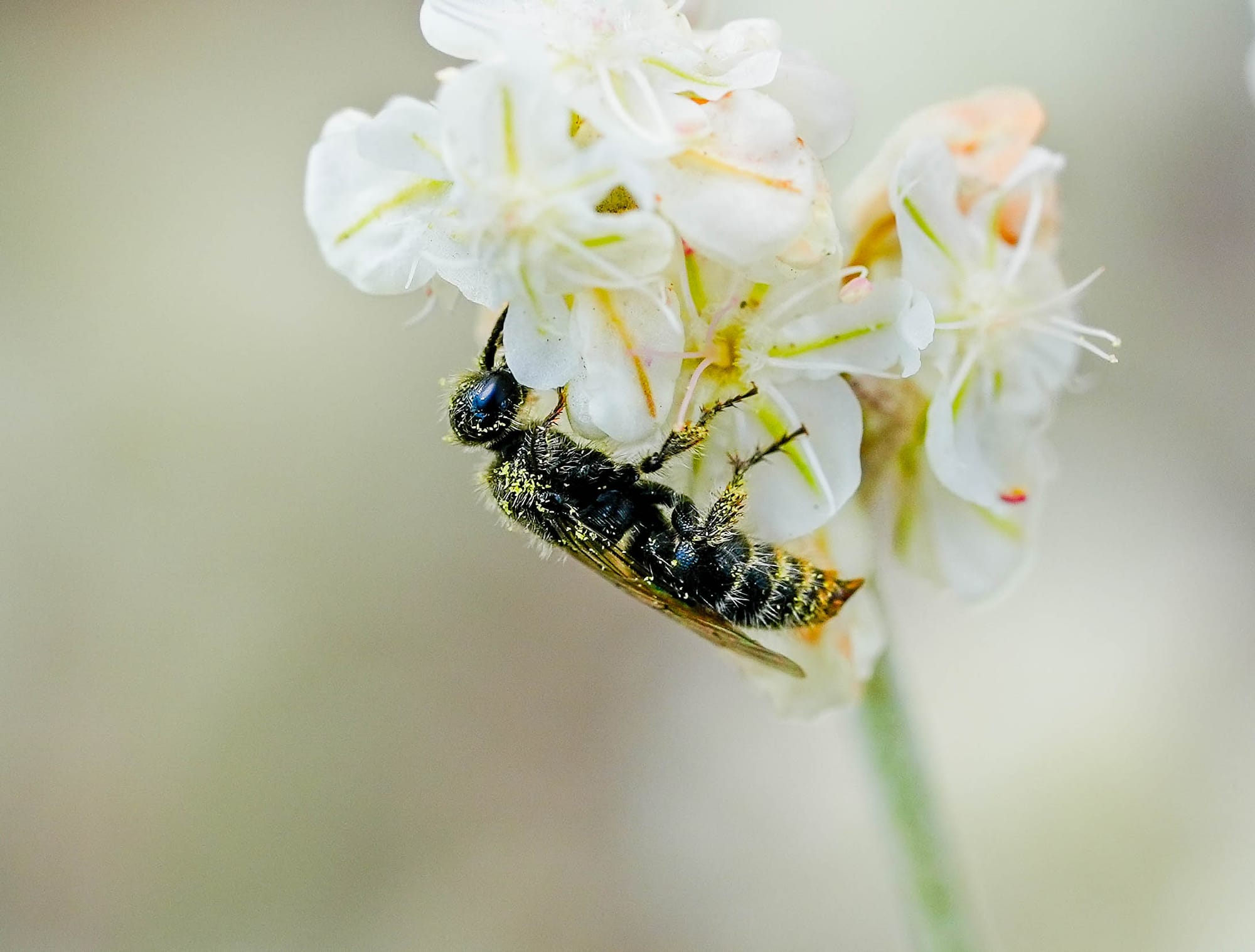
Every time a bee (or another pollinating insect) lands on a flower it leaves smelly footprints behind. Technically, these "footprints" are long-chain hydrocarbons secreted from an insect's tarsal glands, and these distinctive body odors linger for hours.
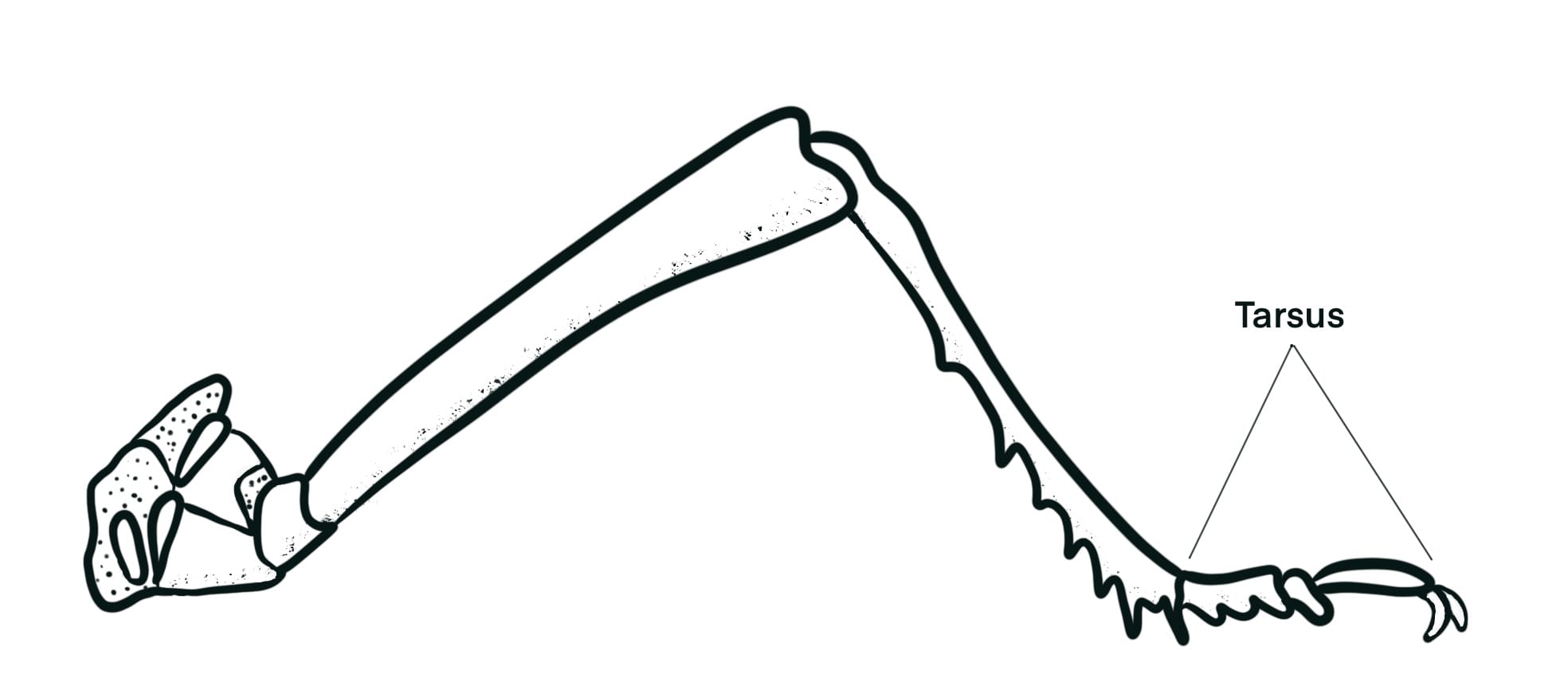
If you watch bees closely you will notice that they frequently hover for a moment over a flower, then fly away without landing on the flower. What they're doing is approaching a flower based on the visual cues they've learned from visiting other flowers, then smelling whether there are any body odors left behind from previous visitors to the flower.
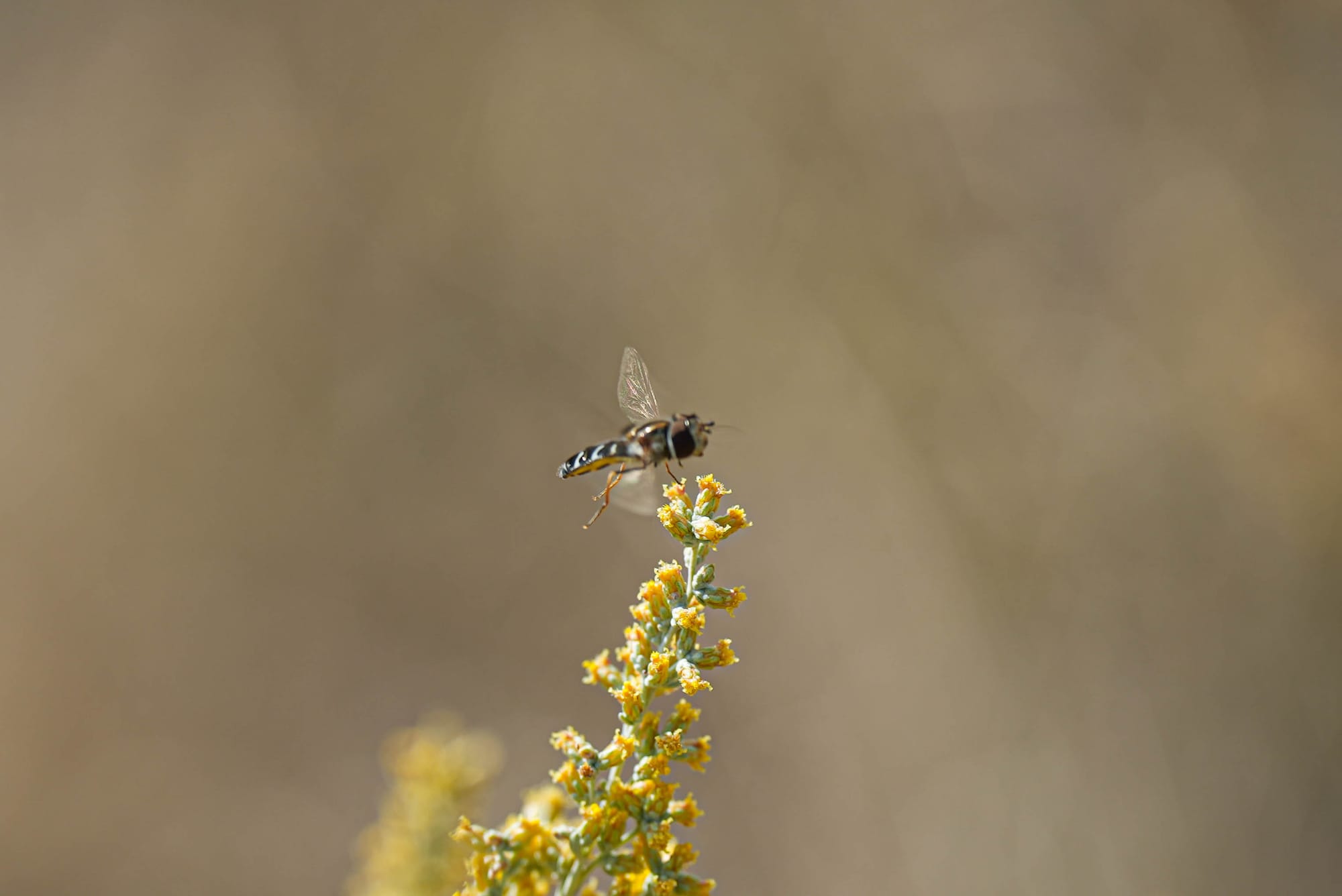
Smells lingering from earlier visitors indicates that the nectar of that flower has been recently consumed. But keep in mind that flowers replenish their nectar supplies over the course of several hours, and at the same time the smell of a previous visitor's footprints will gradually disappear.
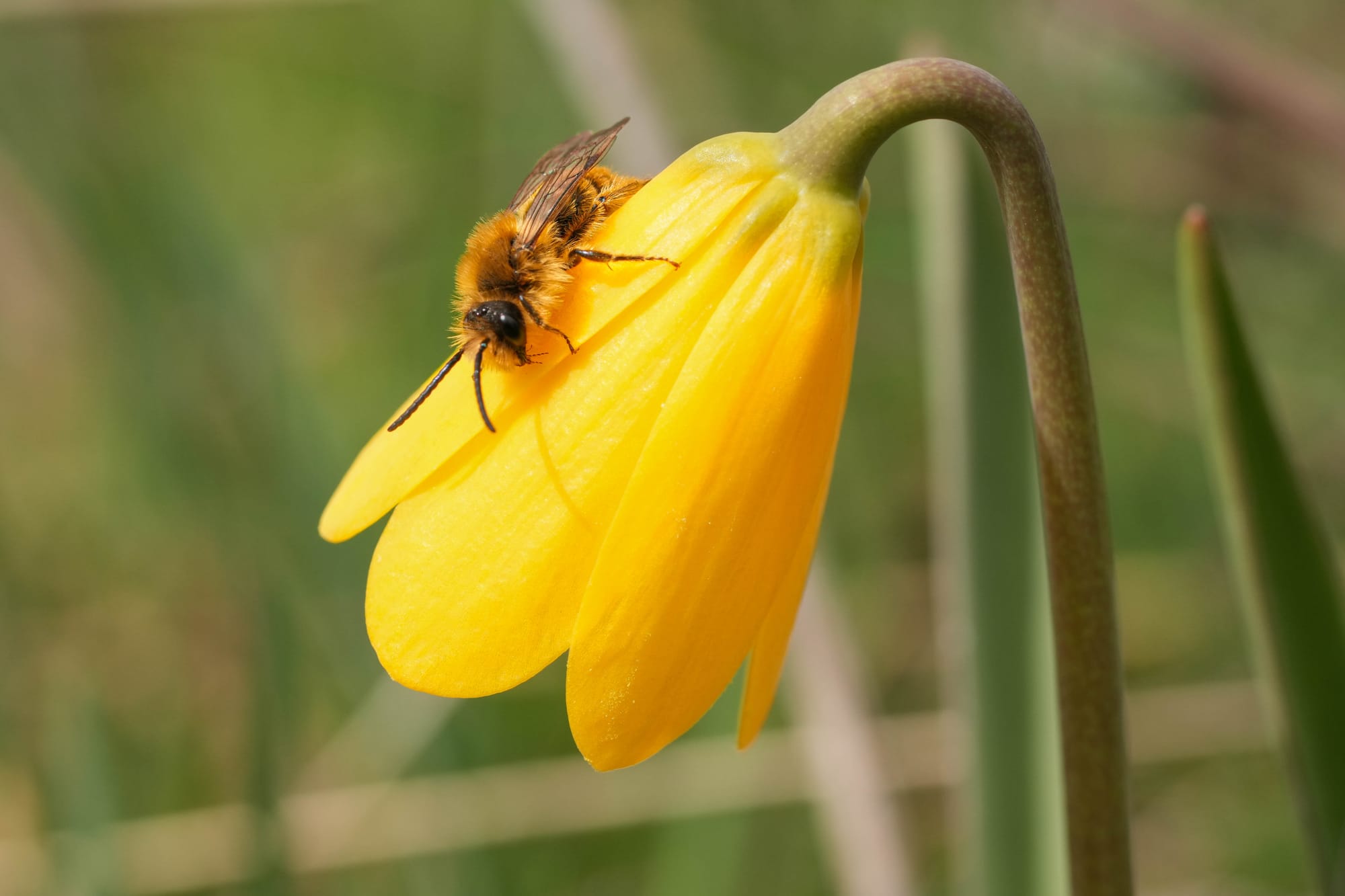
This means that the bee you're watching is first evaluating whether another visitor's body odor is present or not, then gauging how strong that smell is and calculating whether enough time has passed for the flower's nectar supply to have replenished itself—and only then deciding whether it's worth its time to land on that flower.
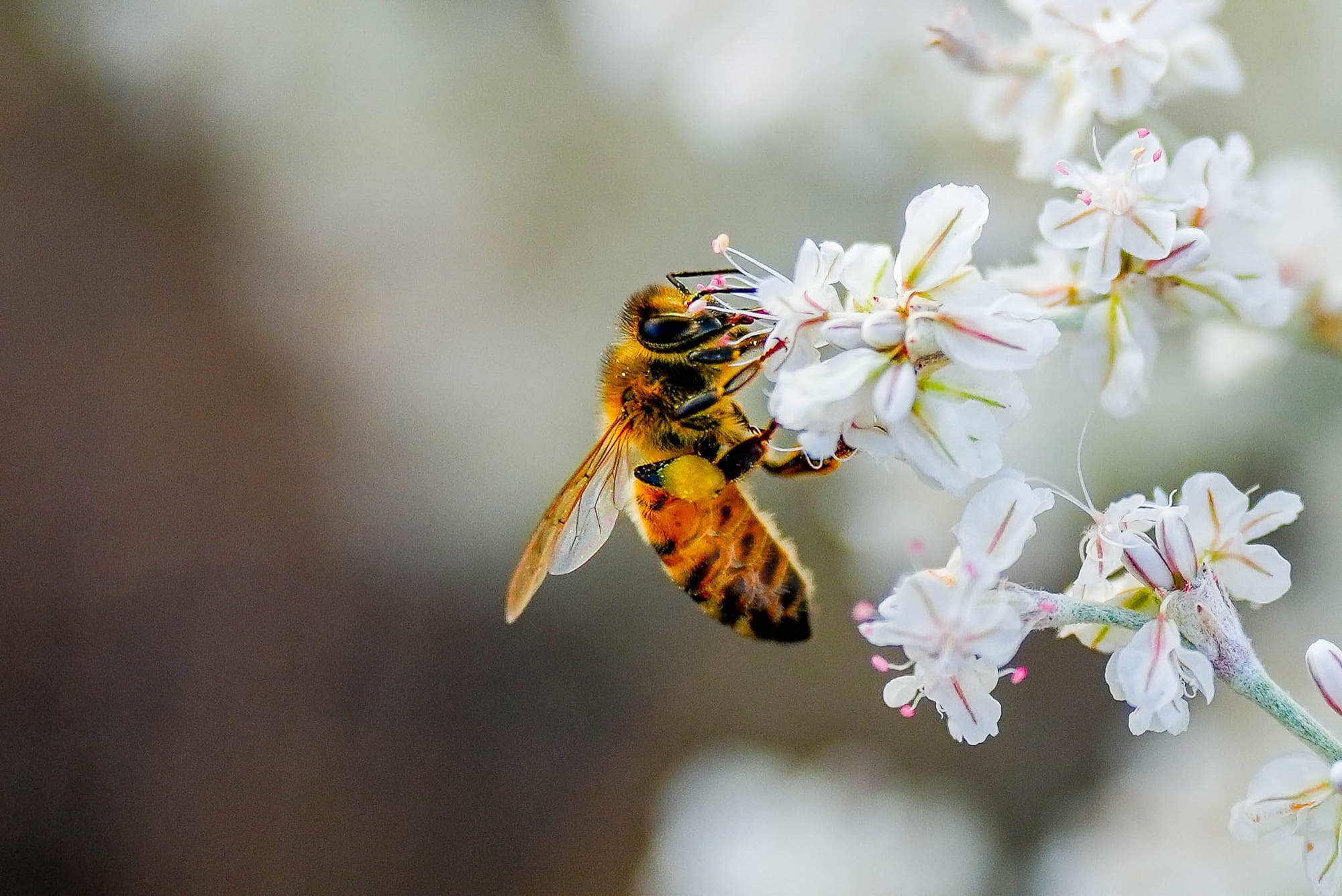

Member discussion